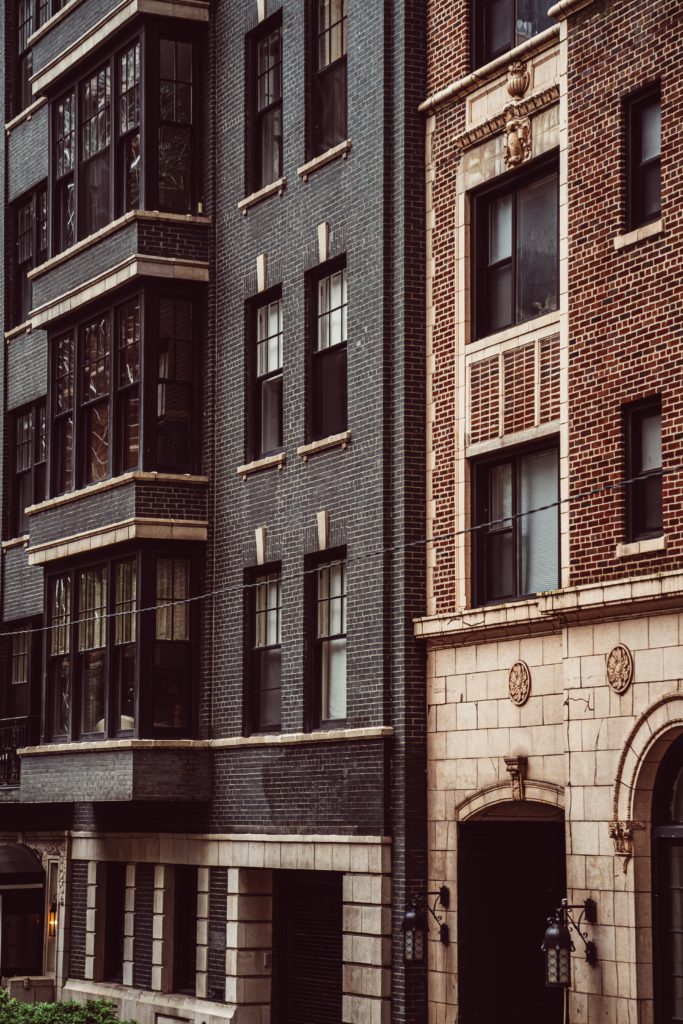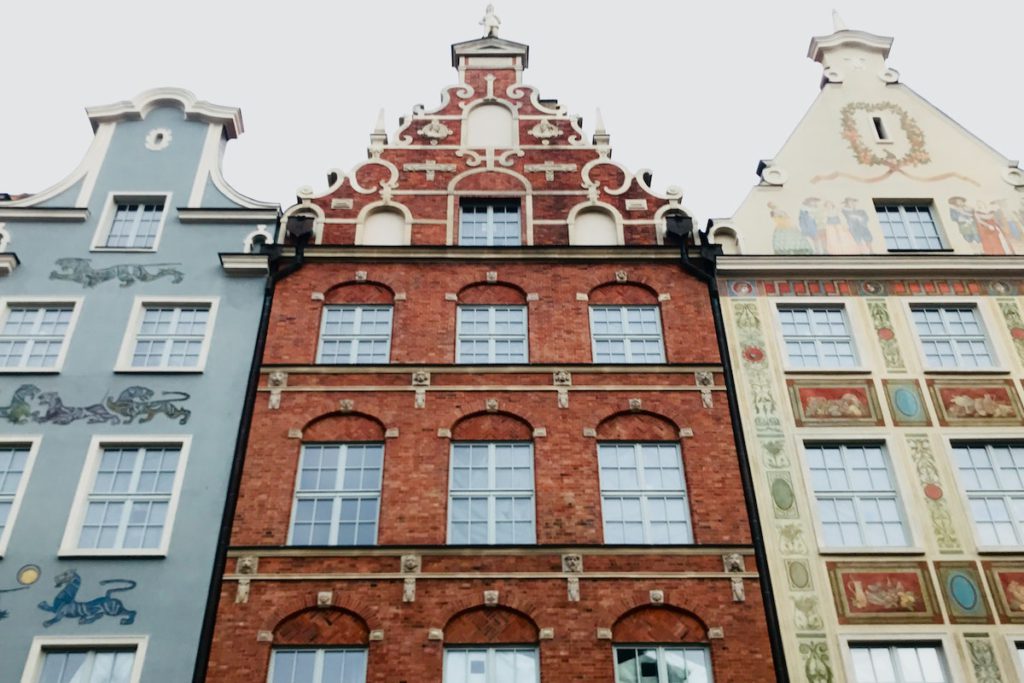Brick Building Products, an Australia-based groups engaged in the design, development, manufacture, marketing, distribution, and sales of numerous building materials, has announced the launch of its new range of carbon-neutral bricks. The carbon-neutral bricks are manufactured using carbon-neutral technology. By specifying certified carbon-neutral bricks for their projects, architects are meeting their sustainability commitments and green building aspirations. Australia’s leading clay brick producer, building Products makers, has introduced a new range of certified carbon-neutral bricks, achieving green credentials in large part through using wood chips rather than gas for the firing kiln. The certified carbon-neutral bricks are fired in a kiln that is powered by sawdust, a by-product of the local Tasmanian timber industry, as well as biomass materials processed at the Austral Bricks Longford plant outside Launceston, Tasmania. Austral Bricks Longford plant outside Launceston, Tasmania.
If the Austral Bricks plant at Longford, Tasmania Longford, Tasmania relied on gas for its kiln process,
Austral Bricks Longford factory would generate more than 8,600 tonnes of CO2 annually. Most of the reduction in carbon emissions comes from burning kilns with sawdust, considered a waste product by the forestry industry, instead of using natural gas. Most brick kilns are fired using natural gas, substantially increasing bricks embedded energy, a factor that could add a significant amount of carbon emissions to the structure. The embodied energy of brick production has added to building carbon footprints, a sinister contributor to climate change.
Since most brick furnaces are fired by natural gas, all this embedded energy could be a large portion of the building’s carbon footprint. Until HGVs are made electrically standard, imported ones add significantly to the environmental footprint of each brick used. Manufacturers of steel and cement both release large amounts of CO2 during the production of this material. Using recycled glass in products leads to less cement and sand used, which reduces CO2 emissions even more.
This process requires less than one-tenth of the energy used during traditional baked clay brick production and produces just one-tenth of the CO2 emissions. Compression requires less than a tenth of the energy and uses up one-tenth the CO2 emissions as a traditional brick. Bricks are not fired, thus drastically reducing the use of gases in their production. These bricks can be used either as a finished product or in places where walls are going to be rendered or blasted.

Biosolids from various sources are mixed into the brick mix, creating lighter bricks that conserve energy during the production process, and in transporting the finished products too. The residues are blended with our innovation BINDR, a 100% low-carbon, reprocessed substitute for Portland cement made from steel, paper, and electricity industrial by-products. Our innovative product BINDR has strength equal to a normal kiln-produced red brick but has better thermal conductivity, a lower tendency to absorb water, traps tons of carbon emissions and has at least 75 years of operational lifetime. The results showed that implementing Interlocking Compressed Earth Bricks contributed to a 35% carbon emission reduction over conventional bricks and is suitable for use as low-carbon construction materials.
The undertaking is producing carbon emission-free building materials with agricultural biomass and hemp blocks. The product, called Agrocrete, is made of recycled materials, can cut building costs by 50 percent, improve heat insulation by 50 percent, and shorten construction times, the founders said. The product — the K-Briq — is made of 90% demolition and building waste, including concrete, rubble, old bricks, and plasterboard.
By offering a low-maintenance, long-lasting replacement for timber, the K-Briq also greatly reduces a building’s carbon footprint. Professor Gabriela Medero points out that K-Bricks are also breathable, making for a better living environment, and also boast almost twice the insulation properties as conventional bricks, which means that they have positive impacts on the building’s long-term energy footprint as well. New sustainable construction materials and building techniques have the potential to improve energy efficiency between 60% to 90% over traditional buildings, but only when the new buildings are built using biomaterials and include the latest products and solutions to improve energy efficiency.
Dr. Gabriela Medero from Heriot-Watt University has developed a patent-protected high-performance building brick that has high sustainability credentials (highest recycled content, 90%, on the market, and one-tenth of the carbon footprint of conventional clay-fired brick) while reducing costs for the building industry. Kathy says Brick workers in Australia is the first brick makers to increase manufacturing efficiencies to a level at which a carbon-neutral certificate becomes a viable option. She estimates that only 1 percent of construction projects now calculate and report their total carbon impact, considering embodied carbon associated with building, refurbishment, and end-of-life.
The LEGO Group has expanded the use of sustainable materials, now using paper and cardboard for 93% of packaging. The company has committed to eliminating all single-use plastics from its eCommerce deliveries by 2025 and using sustainable materials for all products by 2030. The LEGO Group recently announced a $1 billion investment in the construction of a new, carbon-neutral factory in Chesterfield County, Va., a move that is strategically important for the supply chain and sustainability. The new carbon-neutral plant will be the first of its kind for The LEGO Group in the United States, and the seventh worldwide, including an additional $1 billion carbon-neutral plant being built in Vietnam.
Energy-efficient improvements were made across all emissions drivers at Austral Bricks Longford plant, including mining, transportation, packaging, waste, and even administration, with remaining greenhouse gases being offset through carbon credits purchased that help with a local tree-planting program. For bricks and paving, National Carbon Pollution Reduction Standards cover extraction and transportation of raw materials; manufacture; packaging; transportation to customers; application to works; use and maintenance over its life; and removal and disposal at end-of-life. In addition to being carbon-neutral when produced, bricks once used in constructing homes also have the potential to become an excellent energy-saver, by controlling indoor temperatures: keeping homes cool in summer and warm in winter.
